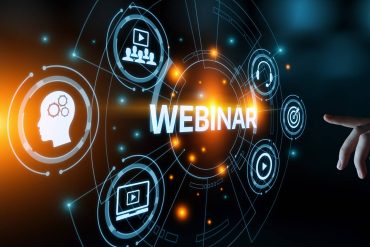
Delivering Rapid Post-Earthquake Safety Assessment of Bridges
through Combining Informed Decision Making with Real-Time Systems
Featuring Marlon Aguero, Kinemetrics, Inc.
Bridges are a critical backbone of our transportation systems. As such, making the right decisions quickly and responsibly during emergency events is imperative. Automated access to real-time information can enable engineers, operators, and other decision makers to expedite post-earthquake safety assessments.
Traditionally, bridge inspections are conducted every two years to detect potential deterioration. However, these inspections are expensive and may need to be done more frequently following extreme events like earthquakes, fires, or bridge strikes.
In this session, Marlon Aguero will discuss how an advanced monitoring and reporting system can be combined with various kinds of sensors to form the foundation of a complete structural health monitoring solution that enhances public safety by providing reliable data about bridge conditions, both long-term and unexpected events.
This informative webinar and Q&A session will focus on two case studies which illustrate the value of these systems to enhance day-to-day operations, preparedness for disaster scenarios, and overall bridge safety.
The information provided is a must for government officials, engineers, operators, emergency response professionals, and anyone involved in managing bridges.
